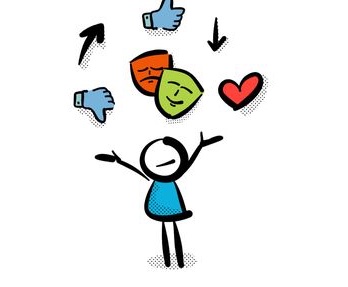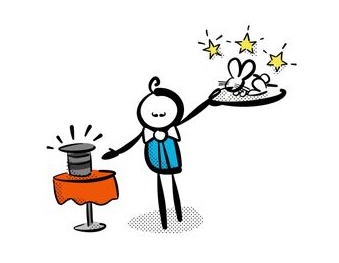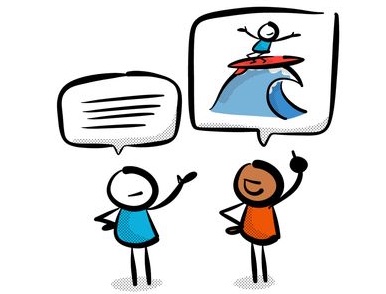The best stories are observable or visual.
They “transport” their listeners into the story’s world.
They make their listeners see the images in their head, feel the emotions, and experience the story as if it was happening to them.
Here’s how you can make it more observable.
How can you take your listener into the visual moment?
Technique #1: Show the emotions
Emotions are very important in storytelling.
But the problem is that most people tell the emotion.
They say something like “She’s happy, sad, disappointed, nervous,” etc.
Words like these aren’t very visual.
We can’t picture what it looks like to be “disappointed” or “proud.” It’s kind of abstract.
Instead of telling the emotion, show the emotion.
How does the body or face change when experiencing the emotion of the story?
Examples:
- Instead of saying “My boss was extremely pleased,” say “My boss came up to me and patted me on my back with a big smile on his face.”
- Or instead of saying “I got very nervous,” say “I started trembling and my entire face turned red.”
See the difference? Much more observable, much more visual.
What words can you use to describe the emotions?
Just ask yourself:
How do I react physically when I experience a certain emotion? What happens to my body or face when I’m sad, nervous, happy, etc.?
Or, alternatively, think how does my friend, mother, or partner physically react when experiencing a certain emotion.
Technique #2: Share the dialogue
Often your stories have more than one character. Your manager, a friend, or your partner.
To make these stories more interesting, you can start to share some of the dialogue of that story. What are the exact words that one of the characters said in a crucial moment of the story?
Don’t worry. It does not have to be a full-blown conversation.
It can be as short as one sentence — one exclamation that reveals a key piece of information.
For example:
- Instead of saying “My friend was very happy with my advice,” say “My friend called me and said, ‘Thank you so much. That little tip that you gave me changed my life. Thank you!’”
- Instead of saying “My manager didn’t like my presentation,” say, “My manager said, ‘What the heck was that? You were all over the place.’”
See the difference? It makes the story immediately more real, more visual.
But hey, what if you can’t remember the exact words that were used in specific situations?
Here you have some creative freedom here.
Think what could have been said in the moment. What are the words that could have been used in this crucial moment of the story?
Try to use words that are sharp and trigger an emotional response.




